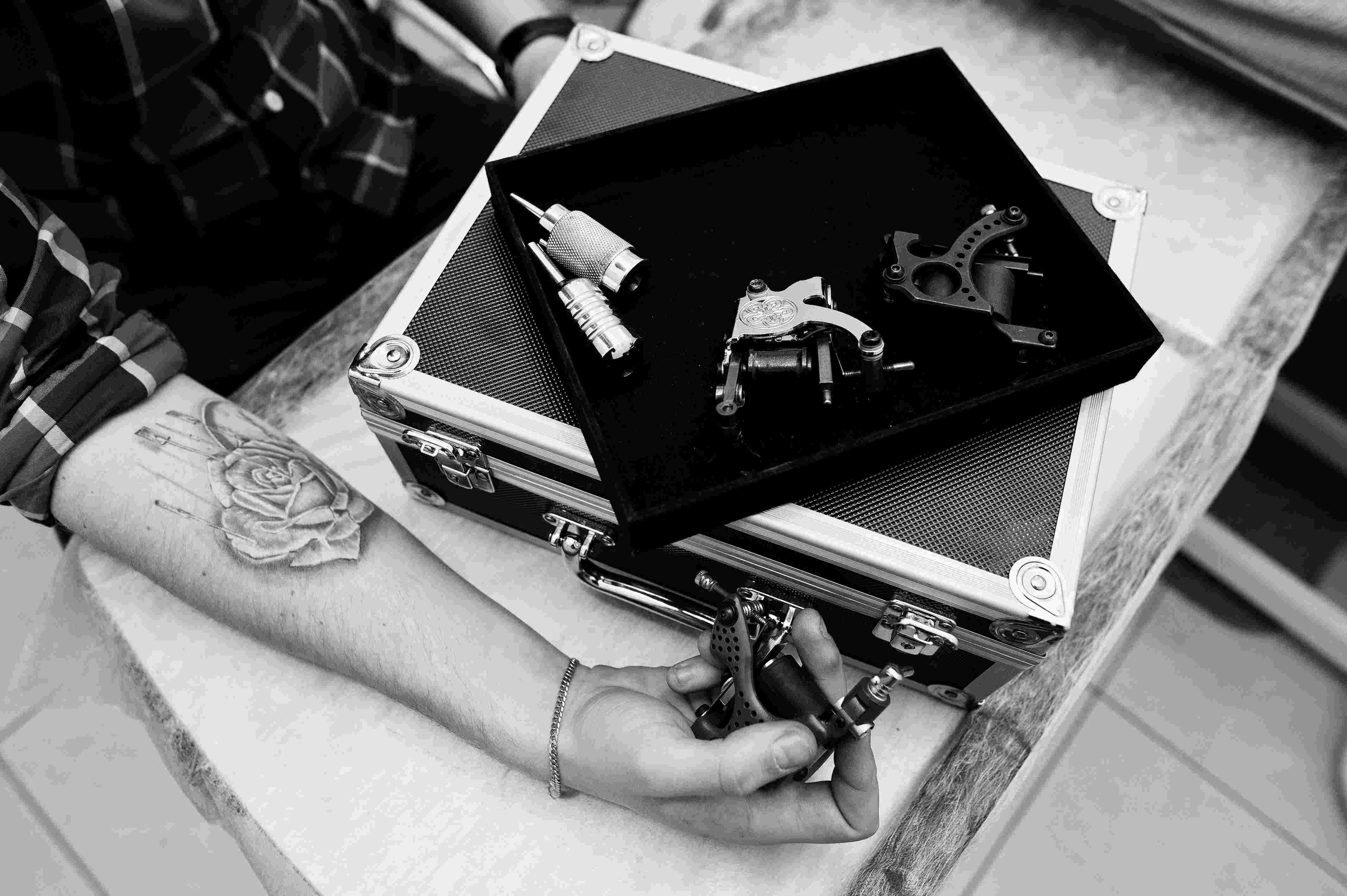Tattoos can be a great way to express yourself and show off your unique style, but they come with an important financial decision: how much money should you spend? It’s essential to consider the cost of getting inked before taking the plunge. As a financial advisor, I’m here to help you make sure that you plan ahead so you don’t end up spending more than necessary.
My goal is to provide some guidance as you decide on your budget for a tattoo. We’ll talk about some key factors that influence prices, including where you get it done and what kind of artwork or design you choose. Plus, we’ll discuss ways to save money while still ensuring quality work from a reputable artist.
At the end of this article, readers will have all the information they need to feel confident about setting aside enough funds for their new ink. So buckle up and let’s dive into understanding how much money should go towards making your body art dreams come true!
Factors To Consider
Getting a tattoo is an incredible way to express yourself and tell your story through art. Before you commit, however, it’s important to consider the financial implications of this decision. Cost depends on several factors including skin-type, pain-level, size-preference, location-choice, and artist-experience.
For instance, if you have naturally oily or thicker skin then you may need additional sessions in order for the ink to set properly; therefore increasing costs. Additionally, depending on where you choose to get your tattoo done has its own associated costs. Finally, the level of experience of the artist can also impact how much money you will end up spending as more experienced artists typically charge higher rates than those who are just starting out. So take some time to research these various aspects before deciding on how much money should be put aside for getting a great tattoo!

Budgeting For The Tattoo
When it comes to budgeting for a tattoo, there are several factors to consider. First and foremost, you need to realistically assess the cost of getting your desired design done professionally. The price will depend on the complexity of the design and the size of the area being inked. Generally speaking, larger tattoos tend to be more expensive than smaller ones.
To help ensure that you stay within your tattoo budget, here are three tips:
- Research prices – Find out what local artists charge for different types of designs so that you can make an informed decision about who should do your work.
- Set realistic expectations – Taking into account any additional fees such as aftercare products or touch-up sessions, plan ahead and set aside enough money for everything associated with getting a tattoo.
- Save up – If possible, start putting away money now so that when it’s time to get inked, you have saved up enough funds without having to worry about overspending or going into debt.
In order to make sure that your experience is positive while staying within your budget, take some time prior to scheduling an appointment with a professional artist to research costs and determine how much money you should have available before committing to getting a new tattoo. By following these steps and planning ahead carefully, you can ensure that not only will your wallet thank you but also that you’ll enjoy your unique body art for years to come!
Aftercare Costs
When it comes to tattoos, the price tag isn’t always clear-cut. Although you may have set aside a certain amount of money for your tattoo, it’s important to remember that aftercare costs should also be taken into account. Depending on the size and type of tattoo, healing time can vary significantly; this has an impact on the cost associated with taking proper care of the new ink.
In order to ensure full recovery, there are several steps that must be followed in regards to aftercare. This includes following any instructions given by your artist regarding how often to clean or apply ointment, as well staying away from pools or hot tubs until the wound is fully healed. Additionally, depending on the severity of pain during healing process, you may need to purchase extra products such as pain relief creams or gels. All these items will add up quickly and can significantly increase the cost of getting your desired tattoo.
Therefore when budgeting for a tattoo make sure you include both initial and potential additional costs related to aftercare so you don’t find yourself short at checkout time!
Conclusion
As a financial advisor, I would recommend that you plan ahead before getting your tattoo. Consider the size of the tattoo and its complexity to determine how much money you should set aside for it. Budgeting in advance can help make sure you don’t spend more than what you’re comfortable with. Additionally, factor in any related costs such as aftercare products or touch-ups. My advice is to save up an adequate amount so that when you get your tattoo, you won’t be burdened by unexpected expenses. Ultimately, having enough money saved will give you peace of mind knowing you can enjoy your new body art without worrying about finances down the road.